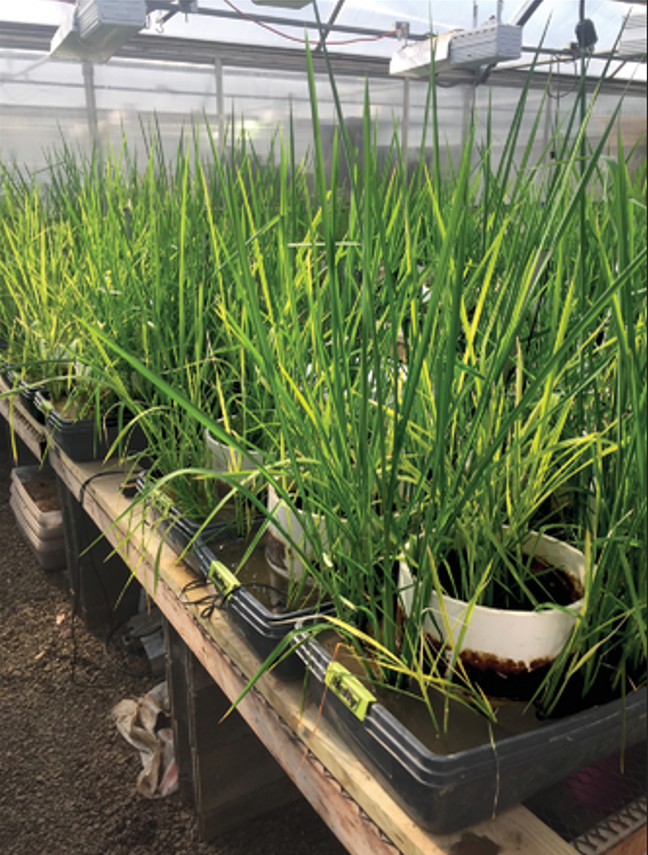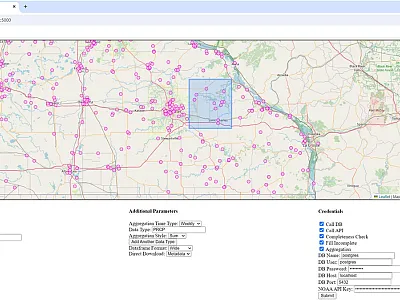Water Regime and Phosphorus Effect on Greenhouse Gas Emissions in Rice

The impact of different water regimes in rice fields on greenhouse gas (GHG) emissions has been highlighted in several studies. However, no study has directly and simultaneously compared the production and release of methane (CH4), nitrous oxide (N2O), and carbon dioxide (CO2) under flood‐ and furrow‐irrigated conditions in rice. The fluctuating environmental conditions observed in a furrow‐irrigated rice production system also represent a challenge for nutrient management, particularly phosphorus (P).
A new study evaluated the effect of water regime and fertilizer P source on GHG emissions in the greenhouse. Methane emissions were greater under flooded conditions, and CO2 emissions were greater under furrow‐irrigated conditions. Numerical differences suggested that the fertilizer P source electrochemically precipitated struvite is a possible GHG mitigation tool that can reduce global warming potential in rice systems. A greater nitrification rate under furrow‐irrigated conditions partially explained the numerically greater N2O emissions from furrow irrigation.
The results show that water regimes divergent from flooded conditions can be primary sources of N2O production in rice production systems; therefore, mitigation practices should focus on the reduction of N2O losses to lower the associated global warming potential.
Adapted from
Della Lunga, D., Brye, K. R., Roberts, T. L., Brye, J., Evans‐White, M., Lessner, D. J., & Henry, C. G. (2024). Water regime and fertilizer‐phosphorus source effects on greenhouse gas emissions from rice. Agrosystems, Geosciences & Environment, 7, e20482. https://doi.org/10.1002/agg2.20482
Text © . The authors. CC BY-NC-ND 4.0. Except where otherwise noted, images are subject to copyright. Any reuse without express permission from the copyright owner is prohibited.







